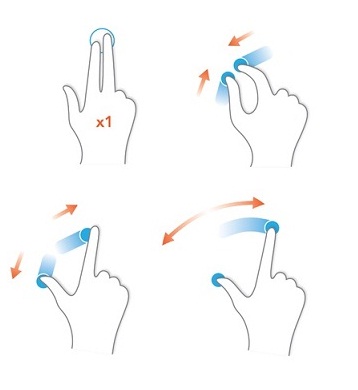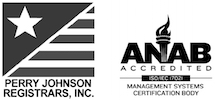Multi-Touch Takes Over
When we think of the word multi-touch, we often think of our cell phones or tablets. The newest innovation is the brand new line of open panel mount computers that now have the multi-touch function. What this function does is it gives the user the ability to register multiple points of contact made on the surface of a touch screen or track pad synchronously. Multi-touch typically accompanies capacitive touchscreen displays rather the more common resistive touchscreen displays.
A few of our selections include:
• Panel mount monitor: A 15 inch 1024 x 768 CCFL back light industrial monitor with VGA port, an open frame metal construction and panel or wall mount ready. The monitor comes with a rugged metal open frame construction for panel or wall mount industrial display application and includes an option for multi-touch screen.
• Panel mount monitor: A 10.4 inch 800 x 600 LED back light industrial display with VGA port, an open frame metal construction and panel or wall mount ready. Projected capacitive touch screen is a multi-touch solution capable to support 10 simultaneous touch points and is extremely durable in most environments.
• Panel mount monitor: A a 19 inch 1280 x 1024 LCD display with VGA + DVI-D port, an open frame metal construction & panel or wall mount ready. Includes an option for multiple or single point touch screen, resistive or Capacitive type touch screen monitor, TV tuner & Quad display for industrial automation control display applications.

When the touch screen technology was first introduced, users had to physically press on a button to get a desired effect on certain functions of the screen. For example: mouses would have to be used to do something as simple as zoom in and out of a picture or document or double click to open certain applications while keyboards, on the other hand, were used to navigate or scroll through the screen.
But, with the new multi-touch technology, these actions can be accomplished with the use of just two fingers. Multi-touch is a method of input on a touchscreen that allows two or more fingers to be used on the screen simultaneously.
When touched by a finger, a signal is sent to the processor and is calculated by the size, location, and shape or pattern of the touch. If processed, the end result is a relay to the application as a command, otherwise the touch is ignored.
The consistent tracking of the numerous points allows the interface to recognize gestures, which enable advanced functionality such as pinching out to zoom in, pinching in zoom out, rotating, and using two fingers to scroll. Multi-touch also gives users the ability to double tap on the screen to open applications.
Pictures from Wikipedia




